Tom Brady's recent announcement that his dog Junie is a clone of Lua, a pit bull mix that died in 2023, has brought renewed attention to the world of cloning. However, the technology is not just for celebrity pets, as it has been used in various ways to diversify the genetic pools of inbred species and potentially bring other animals back from the brink of extinction.
According to Dr. Lee Silver, a molecular biologist at Princeton University, cloning has been used in livestock breeding for decades. "We can take some of the animal's cells, freeze them, and store them in a biobank," he explained. "This opens the option to clone them in the future, essentially creating genetic twins." This process allows farmers to replicate valuable animals with desirable characteristics, such as a large bull or a cow with high milk yield.
The technology has come a long way since the birth of Dolly the sheep in the 1990s, the first mammal cloned from an adult cell. Since then, scientists have made significant advancements in the field, and cloning has become a viable option for various industries. "Cloning is not just about creating copies of animals," said Dr. Silver. "It's about preserving genetic diversity and ensuring the survival of endangered species."
While cloning is often associated with the rich and famous, who clone their pets for sentimental reasons, it has also been used to help conservation efforts. For example, the Pyrenean ibex, a species of mountain goat, was cloned in 2009 using frozen tissue from the last known individual. Although the cloned ibex died shortly after birth, the attempt marked a significant step towards preserving the genetic material of the species.
Dr. George Seidel, a geneticist at the University of Wisconsin-Madison, believes that cloning can be a powerful tool in the fight against extinction. "By cloning endangered species, we can preserve their genetic diversity and potentially bring them back from the brink of extinction," he said. However, he also noted that cloning is not a silver bullet and should be used in conjunction with other conservation efforts.
As cloning technology continues to evolve, it is likely that we will see more applications of this technology in various fields. While the cloning of celebrity pets may grab headlines, the real impact of cloning lies in its potential to preserve genetic diversity and help endangered species.



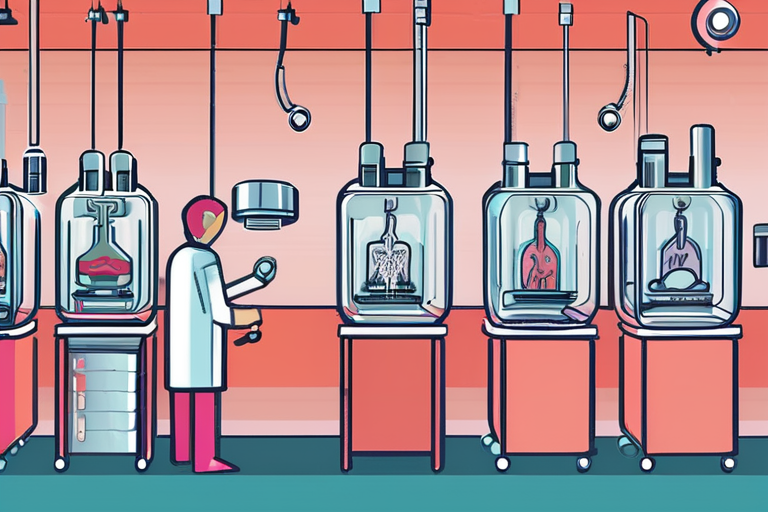
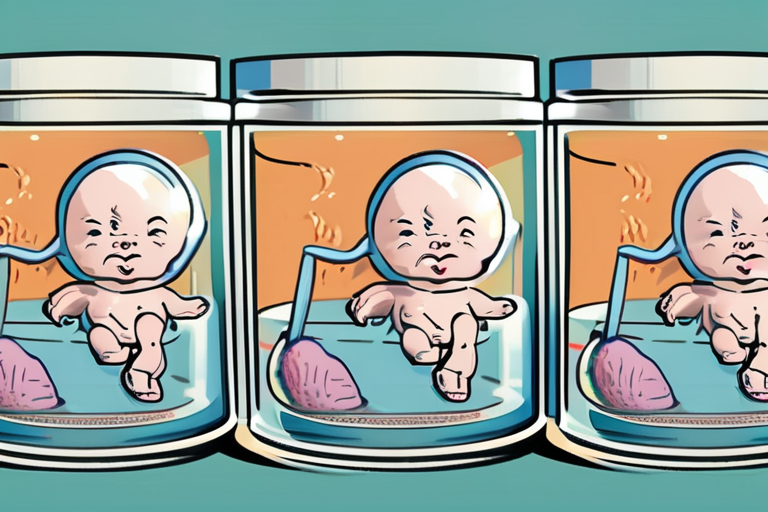
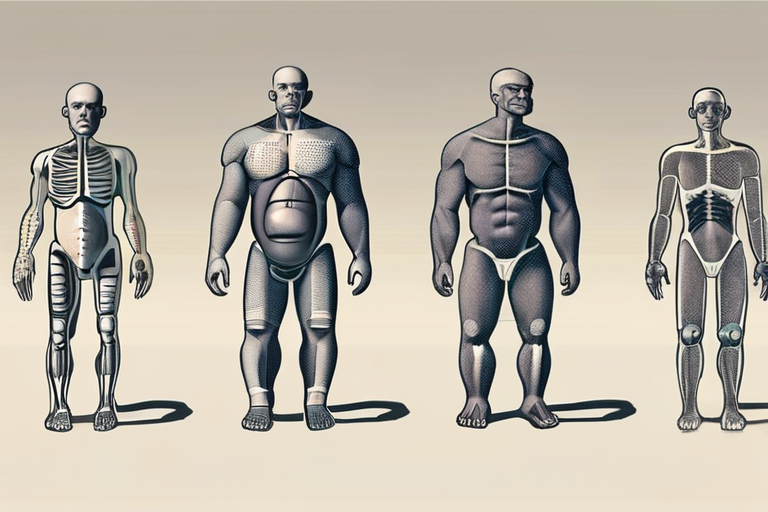

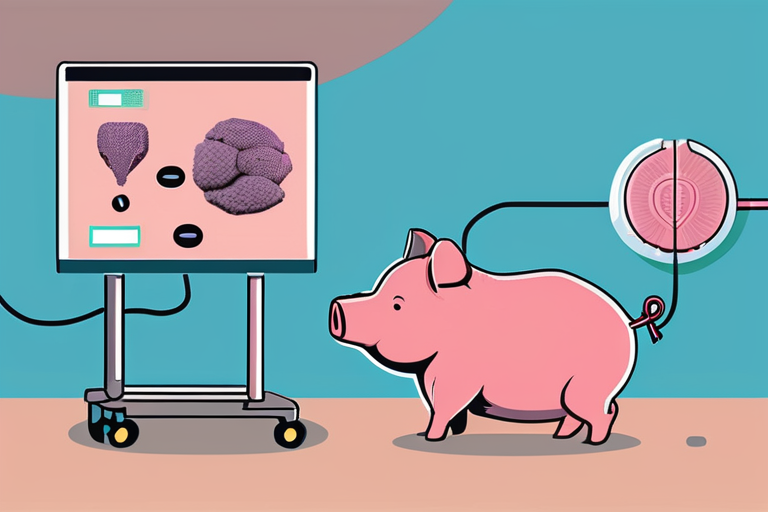
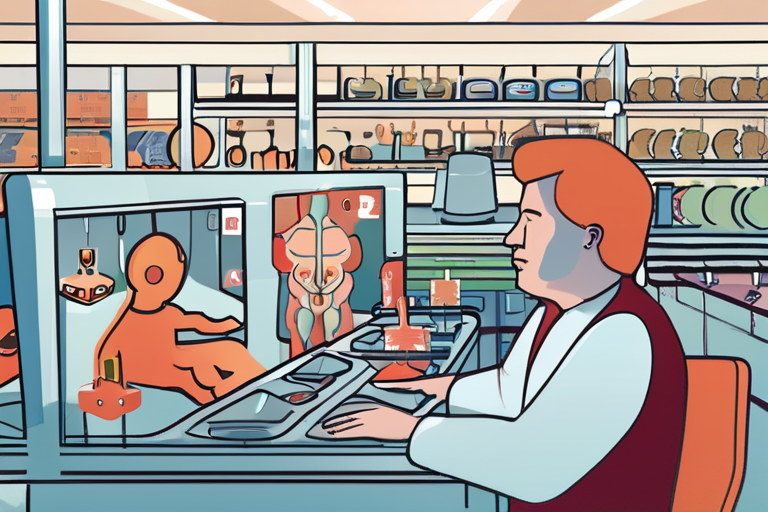


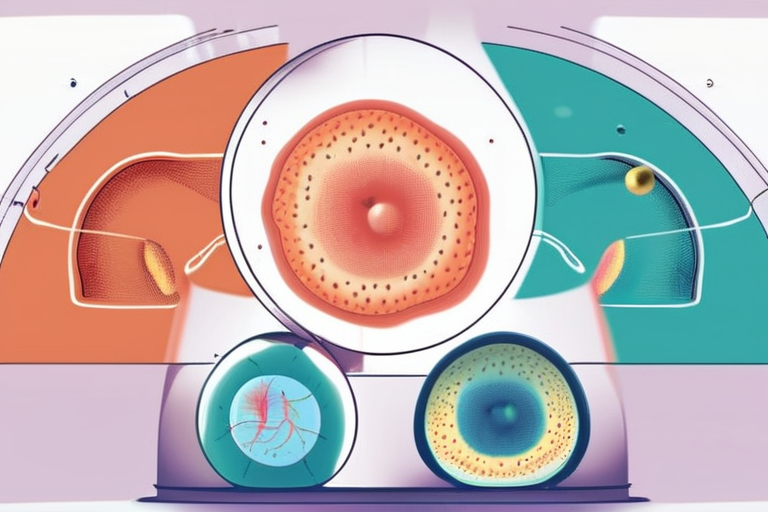


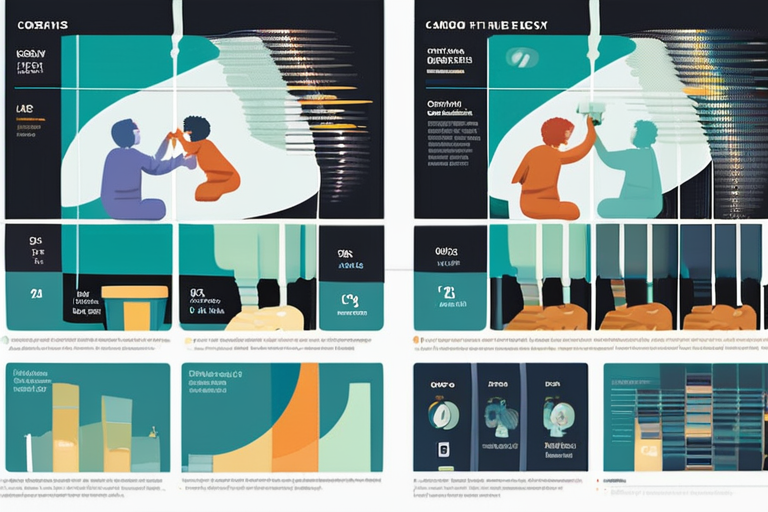

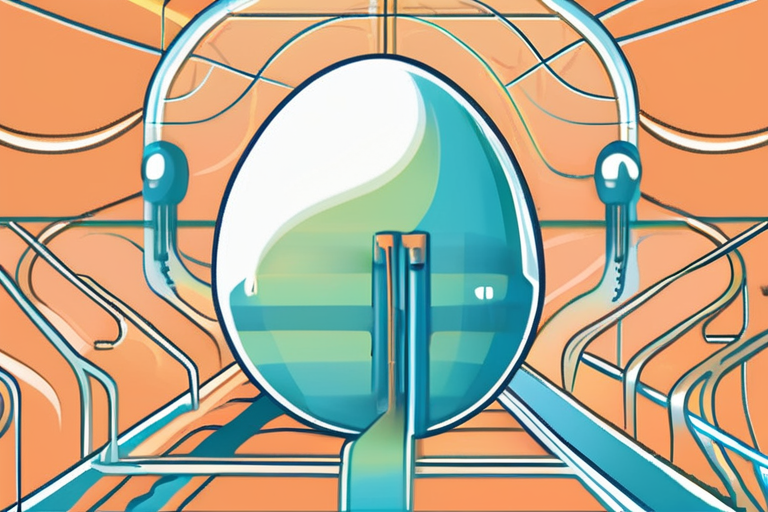

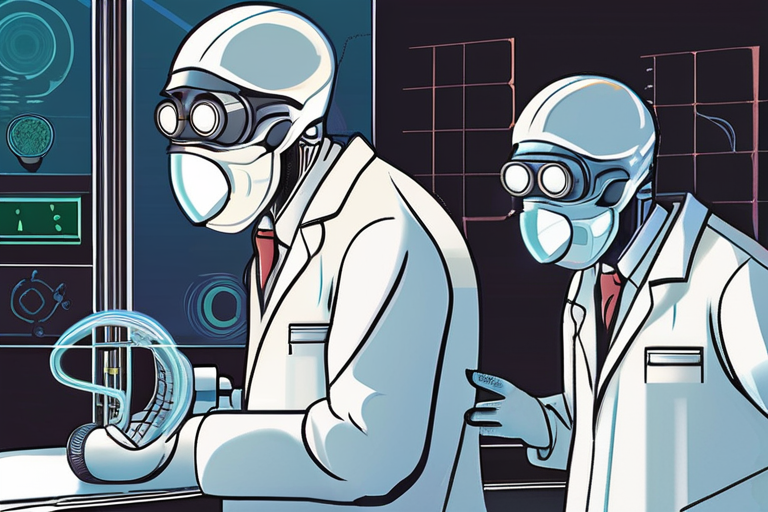
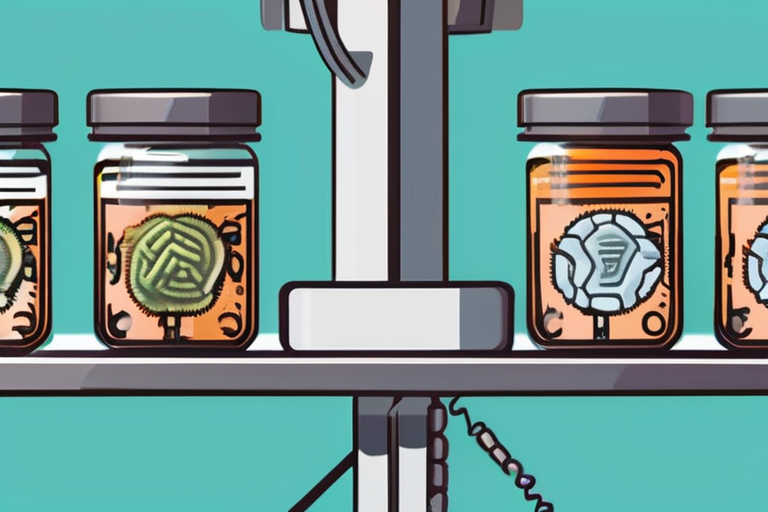

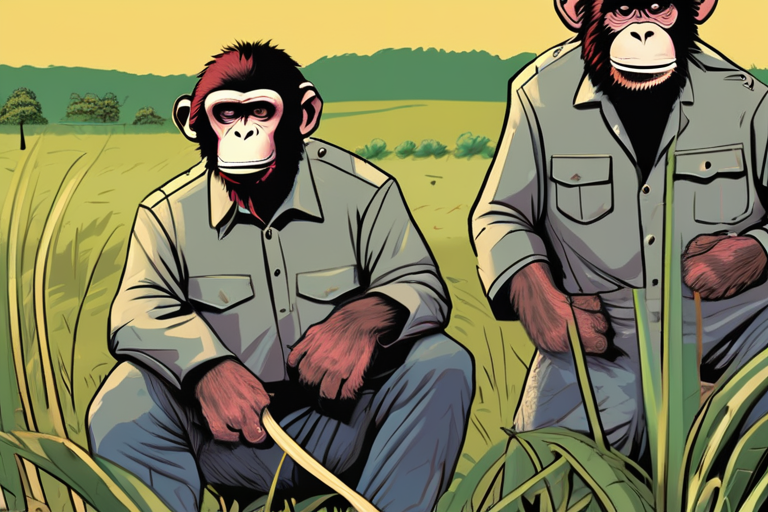

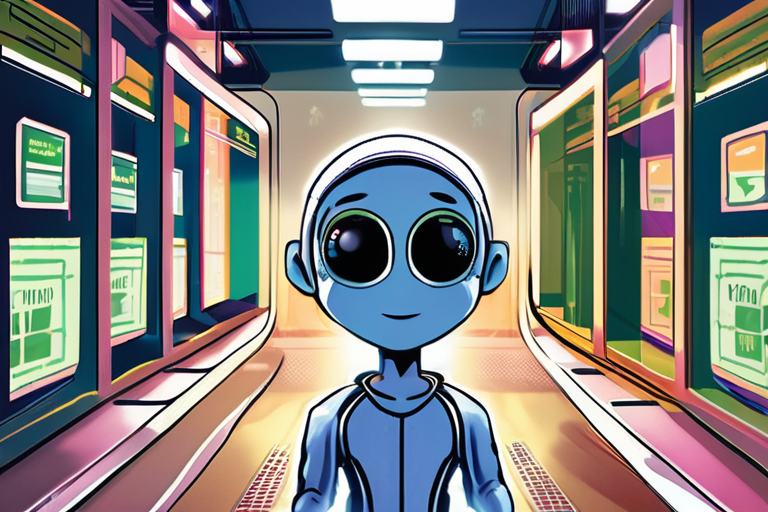

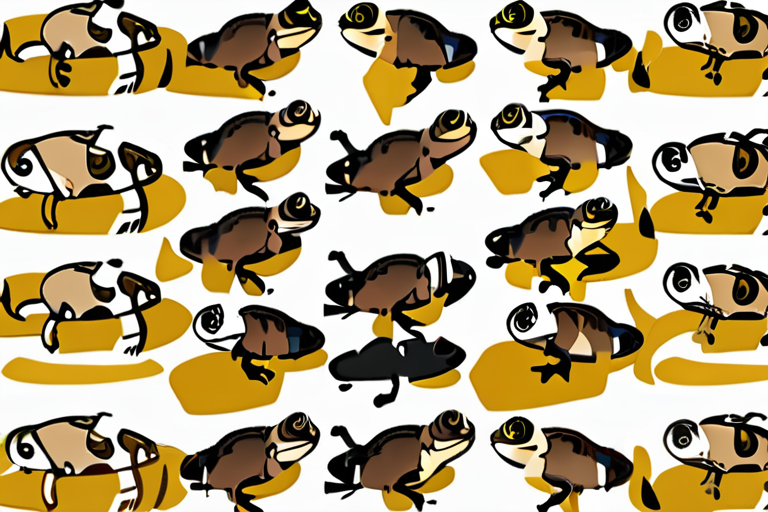

Share & Engage Share
Share this article